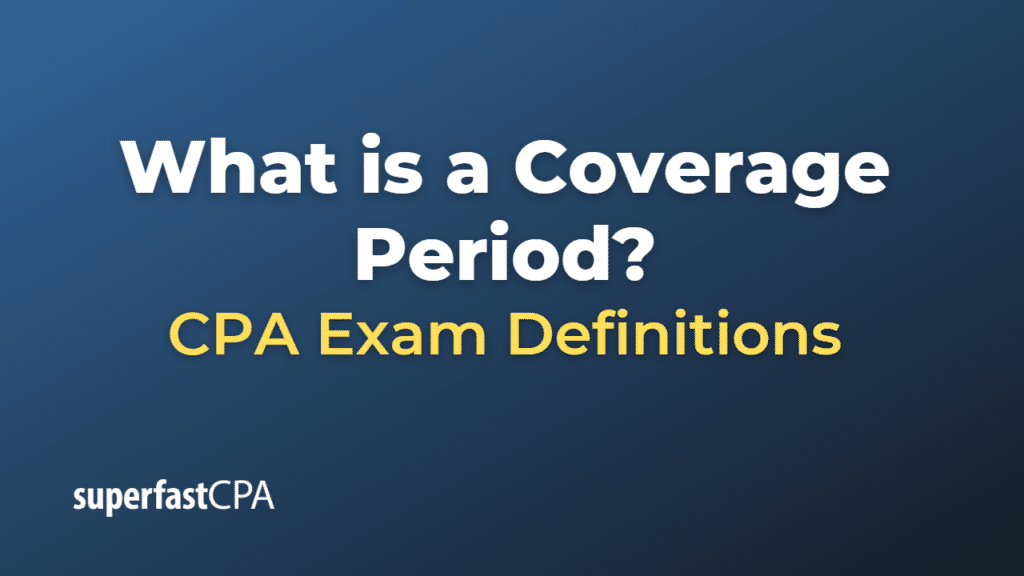Coverage Period
A coverage period refers to the span of time during which an insurance policy provides protection to the policyholder. It begins on the effective date of the policy and ends on the expiration date.
For example, a typical home or auto insurance policy usually has a coverage period of one year. Health insurance plans, such as those provided by employers or purchased through the Health Insurance Marketplace in the United States, usually have a coverage period of one calendar year.
During the coverage period, the insurance company agrees to pay for certain types of losses or expenses as outlined in the policy. Once the coverage period ends, the policyholder is no longer protected under the terms of that policy. To continue coverage, the policy typically needs to be renewed, sometimes with new terms or premium amounts.
It’s important for policyholders to be aware of when their coverage period begins and ends to avoid a lapse in coverage. A lapse could mean that the policyholder is financially responsible for any losses or expenses that occur during that time.
Example of a Coverage Period
Let’s say you purchase an auto insurance policy on January 1, 2024. The policy has a term of one year, which means your coverage period would be from January 1, 2024, to December 31, 2024. During this time, the insurance company agrees to cover certain types of losses or damages to your car, as outlined in your policy.
If you have an accident on March 15, 2024, and need to make a claim, the insurance company would cover the claim because the accident occurred during the coverage period.
However, if you have an accident on January 15, 2025, and you haven’t renewed your policy, the insurance company would not cover the claim because the accident occurred after the end of your coverage period.
This example highlights why it’s important to know when your insurance coverage period ends and to make sure your policy is renewed before the coverage period expires to avoid any gaps in coverage.













